How to Initiate a SEO Project for your Business: Steal My 8 Step Bullet-Proof Process
- Kethshan Ind
- SEO Basics
- 10 Mins Read
Table of Contents
Introduction
SEO can seem overwhelming for small business owners, especially those new to digital marketing, can be make significant SEO related mistakes.
The good news? You don’t need to be an SEO expert to get started and make meaningful progress. Yes, This guide is designed to empower you, the business owner, to take control of your website’s SEO project.
Whether you’re looking to boost visibility, attract more traffic, or improve conversion rates, following these eight bullet-proof steps will set you on the right path.
In the following guide, I’ll walk you through each essential phase, from running an initial audit to refining your strategy based on results. With the right approach, SEO can become a growth engine that turns visitors into loyal customers.
Step 1: Run a Complete Website Audit
The foundation of any successful SEO project is a thorough website audit. This step allows you to pinpoint existing issues, assess what’s working, and discover areas for improvement.
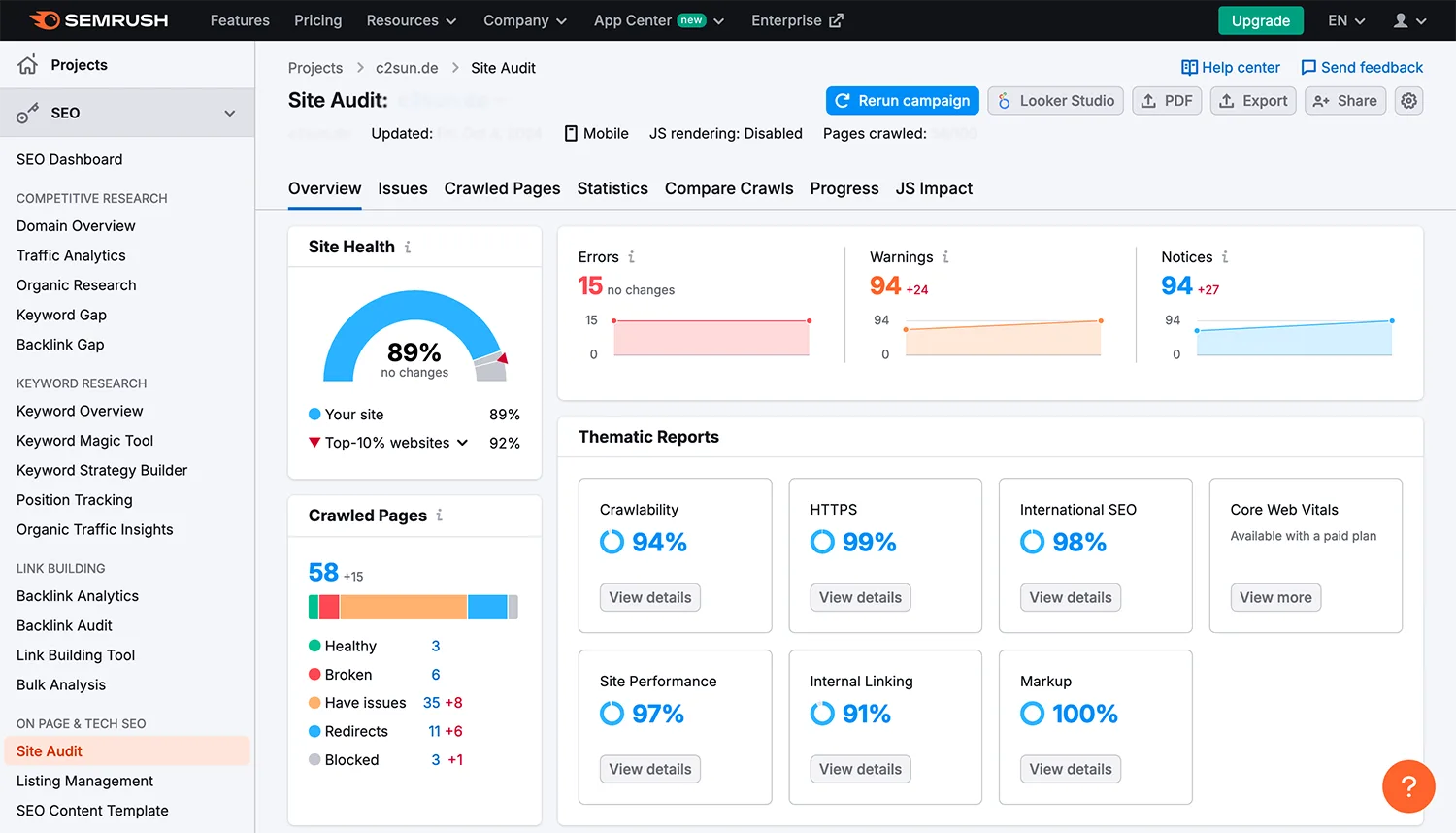
1. Crawl Your Website
Use an SEO auditing tool like Semrush, Screaming Frog, or Ahrefs to get a comprehensive crawl of your site. These tools will highlight any critical errors, warnings, and informational points that affect your SEO. Look for issues like broken links, missing meta descriptions, duplicate content, and poor mobile usability.
2. Analyze Each Page
Review every page for its strengths and weaknesses. Ask yourself: Does the content serve your audience’s needs? Is there a clear call-to-action? Based on the audit, create a list of necessary actions to improve each page.
3. Identify Low-Hanging Fruits
Through Google Search Console, you can identify keywords and pages that are already driving some traffic but have potential to perform even better. Target these “low-hanging fruits” by refining the keywords, improving content relevance, and enhancing user experience on those pages.
4. Test Your Website Speed
Use Google PageSpeed Insights or GTMetrix to evaluate your page loading speed. Faster-loading pages not only improve user experience but are also favored by search engines. Make a note of any speed issues that might need fixing, such as large images or unnecessary scripts.
Step 2: Start Website Optimization
With the audit results in hand, it’s time to dive into website optimization. This step focuses on On-Page SEO tactics fixing technical issues, enhancing keyword performance, and improving user engagement through strategic linking and content additions.
1. Execute Technical Actions
Begin by addressing the critical technical issues identified in your audit. This might involve fixing broken links, updating meta tags, improving mobile compatibility, and enhancing site security. Even small changes, like fixing a 404 error or adjusting a meta tag, can make a noticeable difference.
2. Optimize ‘Low-Hanging Fruits’
Revisit the keywords and pages you flagged in the audit as “low-hanging fruits.” Use Google Search Console to adjust keywords and on-page content, ensuring it aligns closely with search intent. For instance, refine headings, add relevant keywords, and update the content for relevance.
3. Build Internal Links
Strategic internal linking not only improves navigation but also helps distribute “link juice” to important pages. Identify key pages and connect them using anchor text that matches relevant keywords. This simple yet powerful technique can enhance visibility for your main service or product pages.
4. Add Lead Magnets to High-Traffic Pages
On pages that already attract visitors, consider adding lead magnets, like downloadable guides, case studies, or a free trial offer. Lead magnets help capture leads by providing visitors with valuable content in exchange for their contact information, turning traffic into potential customers.
Step 3: Run a Competitor Analysis
A solid competitor analysis is essential for understanding your market landscape. By studying what your competitors are doing well, you can uncover opportunities to improve your own strategy and fill any gaps in their approach.
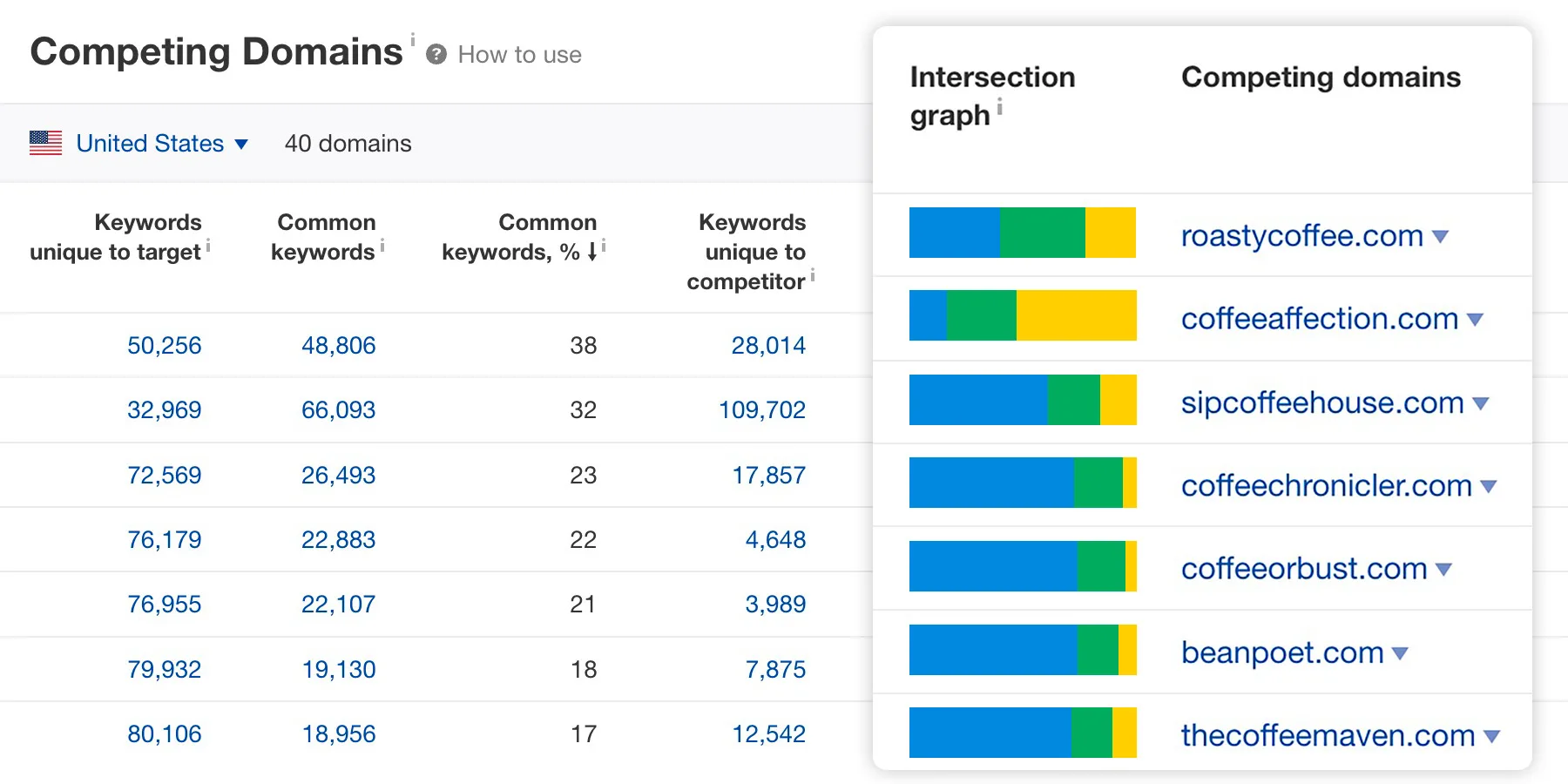
1. Identify Competitors
Use tools like Semrush, Ahrefs, or Moz to identify your top SEO competitors. These are businesses ranking for similar keywords and targeting the same audience. Don’t limit yourself to just direct business competitors; focus on anyone who is outranking you on important keywords.
2. Study Their Keywords, Content, and Strategies
Analyze their top-performing keywords, URLs, content themes, and overall SEO strategies. Take note of their content pillars (main themes they focus on) and any unique strategies they employ, such as FAQs, customer testimonials, or case studies.
3. Conduct an SEO Gap Analysis
An SEO gap analysis compares your website’s performance with that of your competitors, identifying keywords and content types where they have an edge. This insight reveals areas to focus on, such as creating new content or optimizing existing pages to better compete on shared keywords.
Step 4: Initiate Customer Research
Understanding your customers’ behavior on your site is essential for optimizing their experience and tailoring your content to their needs.
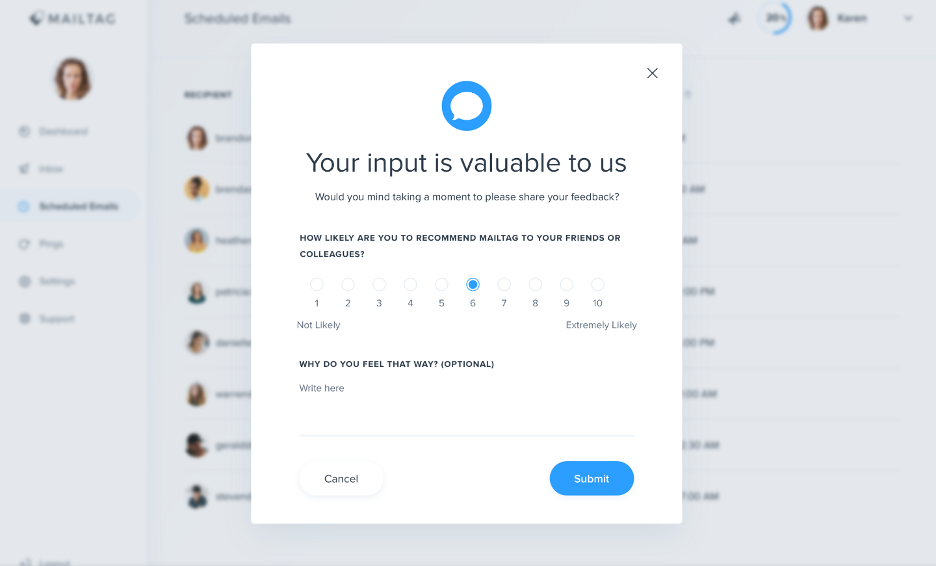
1. Gather User Behavior Insights
Start by examining your site’s user behavior data through tools like heat maps (e.g., Hotjar), Google Analytics 4, and Google Search Console. Heat maps can reveal where users click, scroll, and exit, offering a visual representation of their engagement.
2. Survey Your Visitors
Use popup banners to ask visitors a few key questions about their preferences, needs, or challenges they face. Keep the survey short and straightforward, focusing on questions that can inform your content and UX decisions.
3. Identify High-Performing and Low-Engagement Pages
Review which pages are most popular and which ones have high bounce rates. This analysis will help you determine where to invest time in improving content and layout.
4. Document Findings
Create a structured document of your findings to refer back to throughout your SEO project. Knowing what your customers want and how they interact with your site is a powerful asset for effective SEO and content strategies.
Step 5: Run a Keyword Research
Keyword research helps you identify the words and phrases potential customers use to find businesses like yours. It’s the backbone of SEO because it informs your content and optimization strategy.
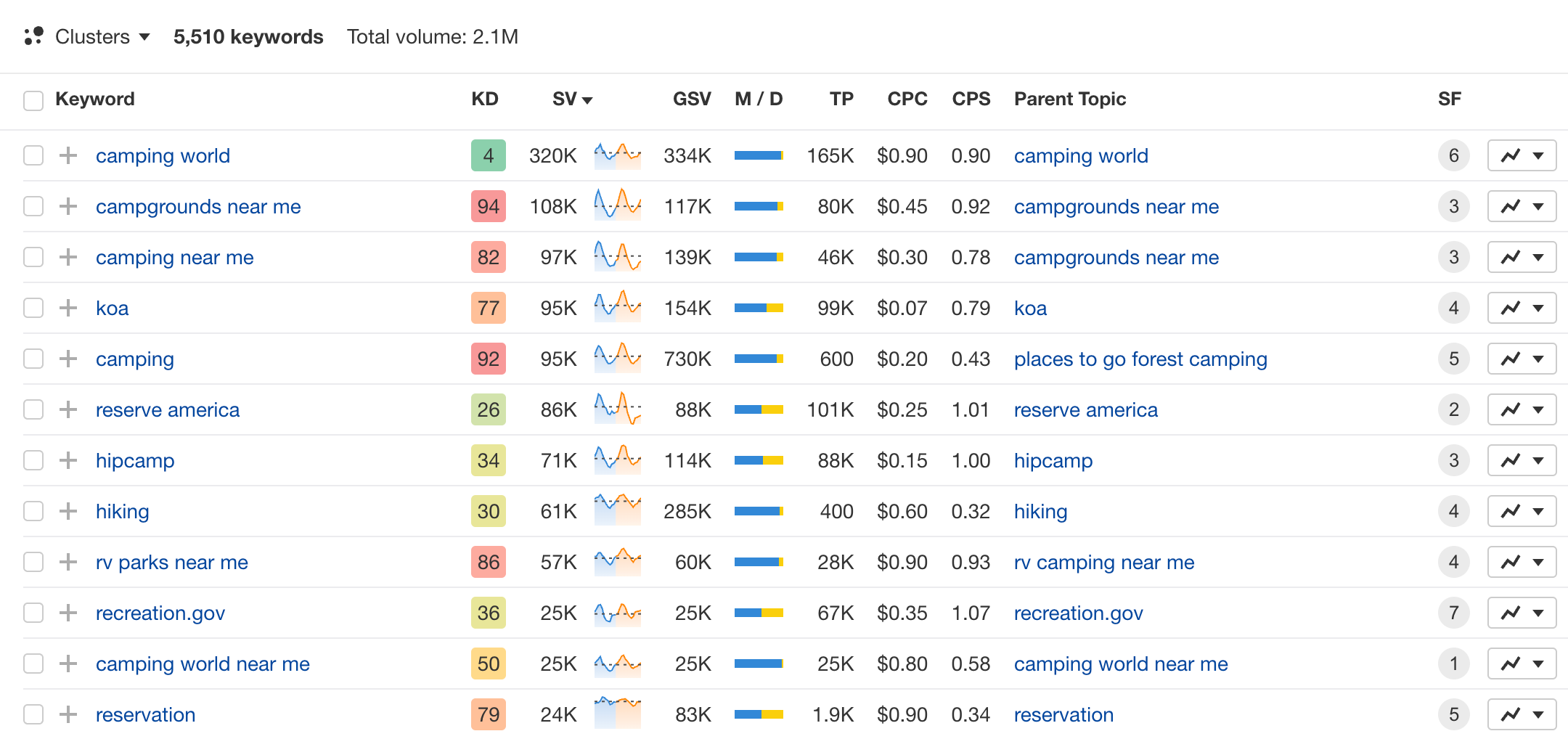
1. Use Your Competitor Analysis as a Starting Point
Build on the competitor insights from Step 3. Identify keywords that competitors are ranking for and explore opportunities they may have overlooked.
2. Run Keyword Research with SEO Tools
Use Semrush or Ahrefs to find keywords with good traffic potential and reasonable competition levels. Group these into Short-Tail (1-2 words, high search volume) and Long-Tail (3+ words, lower volume but more specific) keywords.
3. Organize Keywords and Prioritize by Competition
Export your keyword list to a spreadsheet, sorting them by factors like search volume, competition level, and relevance to your business. Prioritize keywords with lower competition and high relevance to improve your chances of ranking.
4. Develop a Content Plan
Based on your keywords, brainstorm ideas for blog posts, guides, landing pages, and other content formats. Consider creating downloadable resources, tools, or templates to enhance user engagement.
Step 6: Initiate Content Production
Content production is where your research comes to life. It’s essential to produce content that meets users at each stage of the buyer journey.
1. Top of Funnel (TOFU) Content
Begin with informative, educational content that attracts potential customers. TOFU content includes blog posts, guides, and resources that answer common questions or address general interests. Use models like AIDA (Attention, Interest, Desire, Action) to structure engaging content.
2. Middle of Funnel (MOFU) Content
Focus on content that educates users on your offerings, such as white papers, product comparisons, or case studies. This content can help build trust and guide readers toward making a decision.
3. Bottom of Funnel (BOFU) Content
Create content that converts leads into customers. BOFU content includes product demos, detailed FAQs, special offers, and testimonials. The goal is to remove any last barriers to purchase.
Step 7: Off-Page / Backlinking
Off-page SEO, or link building, strengthens your site’s authority by gaining backlinks from reputable sites. Quality backlinks signal to search engines that your content is trustworthy.

1. Guest Posting
Identify relevant blogs or sites in your niche where you can contribute guest posts. Outreach to site owners or editors to pitch ideas that add value to their readers while linking back to your website.
2. Directory Submissions
List your website on relevant industry directories, local listings, and niche-specific sites. These directories help boost visibility and can generate valuable backlinks.
3. Use Outreach Tools
Consider tools like Prowly or Ahrefs Site Explorer to streamline your outreach and manage your backlink campaigns effectively.
4. Monitor Your Backlink Profile
Keep track of your backlinks using tools like Semrush or Ahrefs to ensure quality and check for any toxic links that may harm your ranking.
Step 8: Performance Tracking & Monitor
Once your SEO efforts are underway, regular monitoring helps measure effectiveness and adapt as needed.
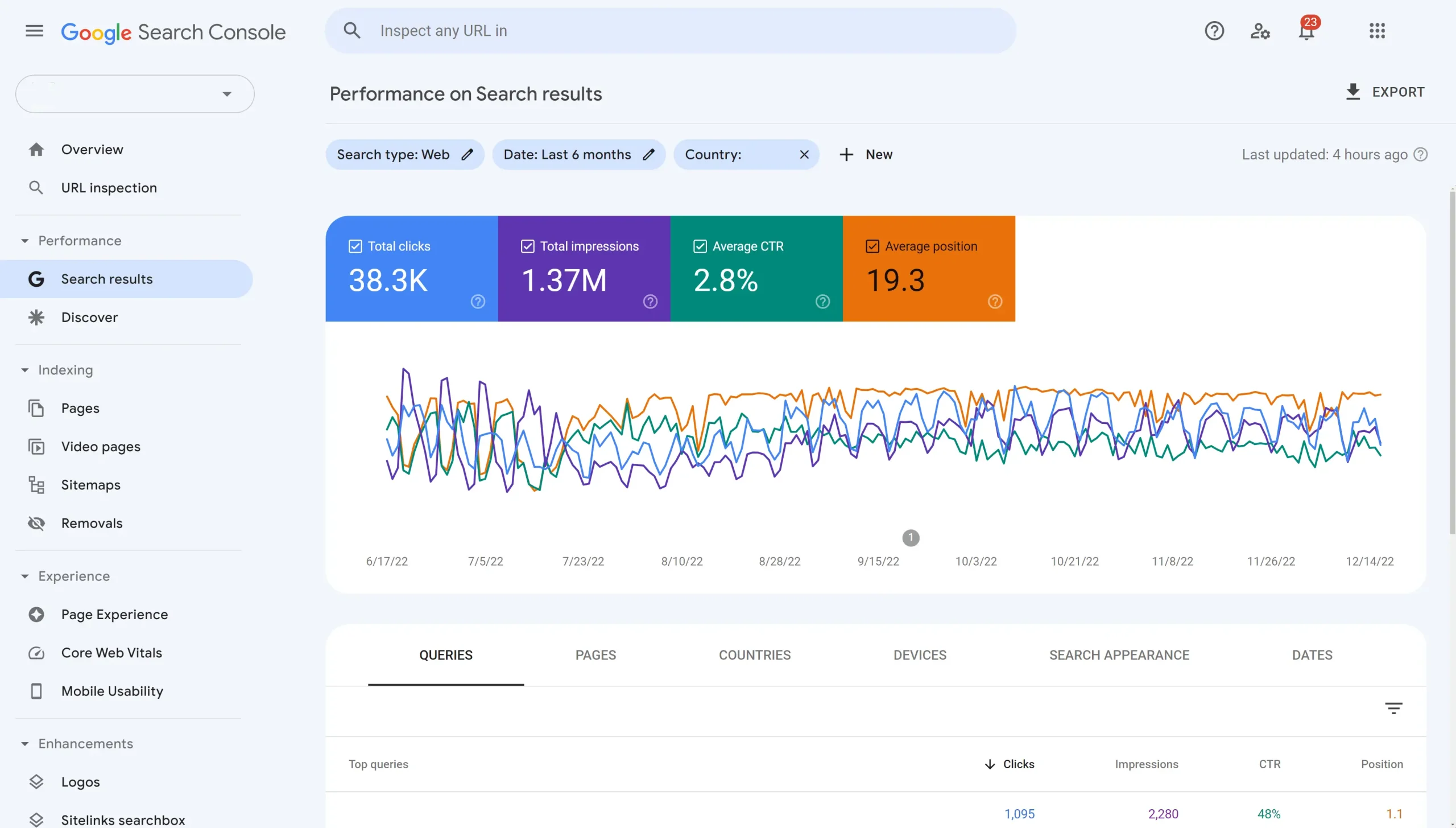
1. Set Up GA4, GTM, and GSC
Ensure Google Analytics 4 (GA4), Google Tag Manager (GTM), and Google Search Console (GSC) are correctly set up to track user activity, conversions, and search performance.
2. Build a Looker Studio Dashboard
Combine data from GA4, GSC, and other sources in Looker Studio (formerly Google Data Studio) to visualize your performance. This dashboard will allow you to monitor key metrics and make data-driven decisions.
3. Competitor Benchmarking
Conduct monthly benchmarking to track competitors’ performance. This will help identify emerging trends and opportunities to refine your SEO strategy.
4. Refine Your Strategy Based on Data
Use insights from A/B tests, CTA experiments, and other performance data to fine-tune your approach. Constant improvement based on real data will ensure long-term SEO success.
Need Assistance with Your SEO Strategy?

Kethshan Induruwage
Kethshan has been providing digital marketing solutions for over 10 years. Kethshan has been a SEO specialist, SEM, SMM, content manager and coordinator, and strategist. His expertise lies in bridging the gap between branding, growth & performance marketing, tech marketing, and analytics. He is passionate about constructing and executing innovative strategies that amplify brand awareness and drive conversions.